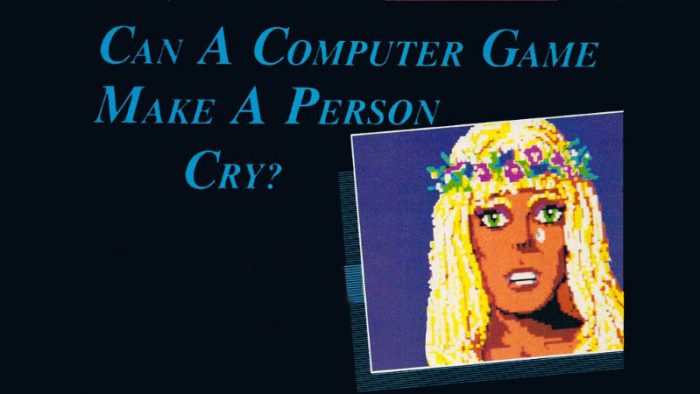This is the vault for gaming design, titles released in the past that are still relevant today for design or plot choices.
The Genesis Temple Podcast – Season 1 I did not really plan to start doing a podcast, the podcast planned to start doing me, apparently, this is what happened with the Genesis Temple Podcast season 1. There have always been so many people in the industry I wanted to have a chat with that, after…
Sega was having a weird 1993. It was a moment in the Japanese company’s history where the shift towards the West had never been stronger, since the smash-hit sequel to their strongest franchise was developed by designer Yuji Naka, working with a team of mixed American and Japanese devs, the Mark Cerny-led Sega Technical Institute.…
Reviewing is an easy task, or at least, so it might seem from an external point of view. Just slap together some nice-sounding adjectives, a couple of hyperbole, some light sprinkling of sarcasm and voilà: done. Personally, since I consider that the end product should be useful for the reader, I find it one of…
The discussions on storytelling and emotions in video games, especially that around its inherent value, seem to be centered around whether interactivity seems to, somehow, lessen the value of such kind of fiction. Still, as early as the mid-60s, interactive fiction emerged as one of the earliest forms of gaming, going on to enjoy great…
Shadowfire is still among the most celebrated home computer titles released in the mid Eighties, produced by then-young newcomer British studio Denton Designs (the Home of Happiness?), it also was (apparently) the first commercially released title where Steven Cain did the design. He developed one of the first turn based strategy/adventure games to feature an…
In our current gaming discussion, questions about the value of “interactivity” seem to have taken a backseat. With Virtual Reality becoming an affordable and – mostly – reliable technology, the “headset and controllers” combination seems to be the end-all for interactive experiences. Not unlike the future imagined by writers and directors in the 80s and…
Futuristic sports have been a moderately successful gaming genre, during the whole of the 80s and early 90s, with the Bitmap Brothers’ Speedball II being probably the final great hurrah of this curious sub-genre of sports titles. But what about earlier titles, like Rocket Ball? Surely enough there have been some exceptions, even in the…
Back in 2001 – as Dr. Frank N. Furter would put it – it wasn’t easy to have a good time. There were few alternatives, for a PC gamer, to full price titles bought on store shelves: the good free indie titles were still far on the horizon and Macromedia Flash wasn’t yet ready for…
Please allow me a quick comparison: Skitchin’ was to Road Rash what Beavis & Butthead were to The Simpsons. Where Road Rash was direct, brash and kind of rude, Skitchin was instead rad, in your face and never afraid to flip the bird. While Electronic Arts did release a few “different” games in the early…
Among many classic home computers, the Commodore 64 is far from being the ideal platform for the point’n’click genre, beyond the usual technical limitations, there is one glaring problem: no mouse support. Still that does not mean that The Detective Game does not make a great showing. Textual adventures were definitely more at home on the…










